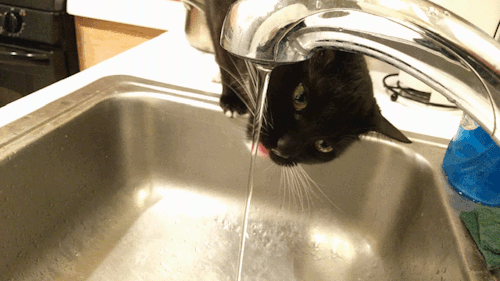Mmorpg ingame economies have inflation, that’s pretty much a given. How do developers make it so that it’s not so rampant?
In-game economies are entirely different beasts than real-world economies for one major reason - total currency is not zero-sum. In the real world, it is (mostly) zero-sum - individuals cannot create money out of nothing, so any amount of currency I spend is transferred to someone else and the total amount of currency in the system is preserved. No individual can buy real gold bars infinitely, they'll run out of money to buy the bars eventually and the price of the gold bars will increase as the cheaper sellers are bought out and remaining sellers raise prices. At the ultimate end, there is only so much gold on the planet, which means that even an individual with effectively-infinite money has an upper limit on the total amount of gold she can buy.

In most games, a player character can typically sell as many wombat testicles to the NPC vendor as she might have, creating new currency out of thin air for each testicle sold. There is no limit to the number of wombat testicles she can sell and there is no limit to the amount of currency the NPC can generate for her. Similarly, any currency spent on NPC vendor goods or services (e.g. training costs, equipment repair costs, resurrection costs, consumable costs, etc.) is completely removed from the system. This is called a "faucet to sink" design. The NPCs that generate currency are the "faucet" from which the money comes, and the NPCs that remove currency in exchange for goods and services are the "sink" in which the currency is removed from the system. When the faucet and the sink are generating/removing roughly the equivalent amount of currency from/to the system, the system is in balance. When the faucet outproduces the sink, more players have an ever-increasing amount of currency which is inflation - too much currency chasing too few goods. When the faucet underproduces the sink, we have deflation (which is much rarer) - too little currency chasing too many goods.

In order to reduce in-game inflation, the solution should be fairly obvious - the designers introduce new "sink" options to remove additional currency from the system. This usually takes the form of new consumables, gear options, or benefits from NPC vendors that cost a lot of currency to utilize. Since players will want these new benefits, they'll start spending more currency instead of hoarding and inflation will fall.
[Join us on Discord] and/or [Support us on Patreon]
Got a burning question you want answered?
- Short questions: Ask a Game Dev on Twitter
- Long questions: Ask a Game Dev on Tumblr
- Frequent Questions: The FAQ


